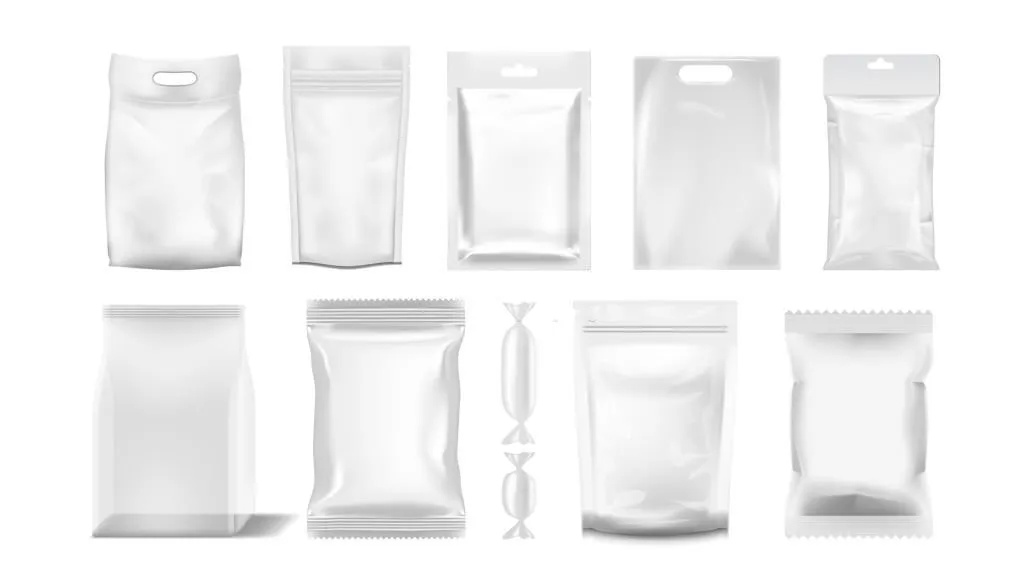

Cutting expenses in your packaging department while maintaining productivity and quality is an excellent strategy to boost your bottom line.
Hence, it is vital to work closely with a plastic bag factory to determine a good packaging solution for your small products.
If your company often sells or deals with small parts, you will need an efficient packaging solution to store, transport, and showcase them.
Plastic containers and plastic (poly) bags are the two most popular solutions that plastic bag suppliers produce for small component packing.
In this post, we’ll look at both packaging solutions and weigh their benefits to help you choose the best one for small parts.
Plastic containers are available in a broad range of forms and sizes: round, square, barrel, clamshell, and specialized dimensions.
For large volumes, round, square, and barrel containers with screw-top lids for simple access and reusability are ideal.
Clamshell containers, on the other hand, are ideal for situations requiring permanently sealed small volumes (e.g., retail).
As previously stated, plastic containers offer excellent protection. The long-lasting polyethylene plastic acts as a barrier against dirt, dust, moisture, and other impurities.
The same is true for poly bags; nevertheless, the stiffness of plastic containers provides extra protection against impacts, pressure, and punctures (particularly for items with sharp edges or corners).
Of course, that extra protection comes at a cost, so plastic containers are preferable for items that require that extra barrier. Otherwise, poly bags are probably the better choice.
Plastic containers are lightweight yet robust and sturdy, making them a great choice for bulk storage of small components.
Because most plastic containers have screw-top lids, they can be used more than once and the contents are easy to get to.
When compared to poly bags, some customers prefer plastic containers because they have greater shelf appeal.
If you’re selling small components in a retail setting and want to portray your items as high-quality, plastic clamshell containers are ideal.
Poly bags are produced from thin plastic tubing or sheeting and may be customized to almost any size. Printing text and images on it is also possible for branding purposes.
Small parts plastic bags are frequently constructed of Low-Density Polyethylene (LDPE), while some bags may be made of High-Density Polyethylene (HDPE).
The normal thickness for small parts bags runs from 12 mil to 6 mil, with 4+ mil allocated for sharp things like screws and nails that present a higher puncture risk.
Clear plastic poly bags are an exceptionally cost-effective packaging alternative. This is primarily owing to the cheap production costs of plastic compared to other materials.
Plastic, for example, is 20 times less expensive to make than paper or linen. Moreover, poly bags cost less than plastic containers because they are made with less material and are easier to make.
Wicketed poly bags (which are smoothly distributed from a wicket wire) can be used in conjunction with automated packaging equipment to provide quick and efficient bagging.
This improved bagging procedure may save time and money on packaging.
Poly bags are thin and flat by nature, making them lightweight and compact in large quantities. They take up significantly less room in your shop or storage facility than plastic containers, especially if your company needs a lot of packing.
Poly bags can be used for many different things and can be changed to fit your needs. This is because polyethylene plastic is flexible.
Small parts bags, in addition to being available in practically any size, may be customized with logos, colours, specific sealing choices, and additives to change the clarity, texture, and overall look.
This allows you to make your business look and feel exactly how you want it to.
If your business requires a packing solution that can hold and transport small parts, poly bags are an excellent option to consider.
Keeping this in mind, check to see if the materials you use can adequately support your products so that they can be delivered to customers safely.
You run the risk of spending more money on damaged products and returns.